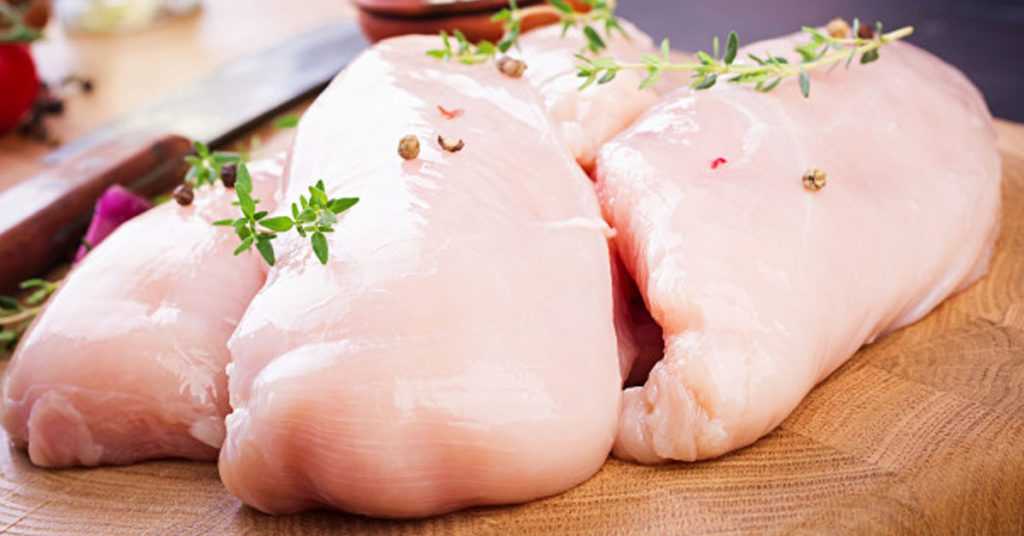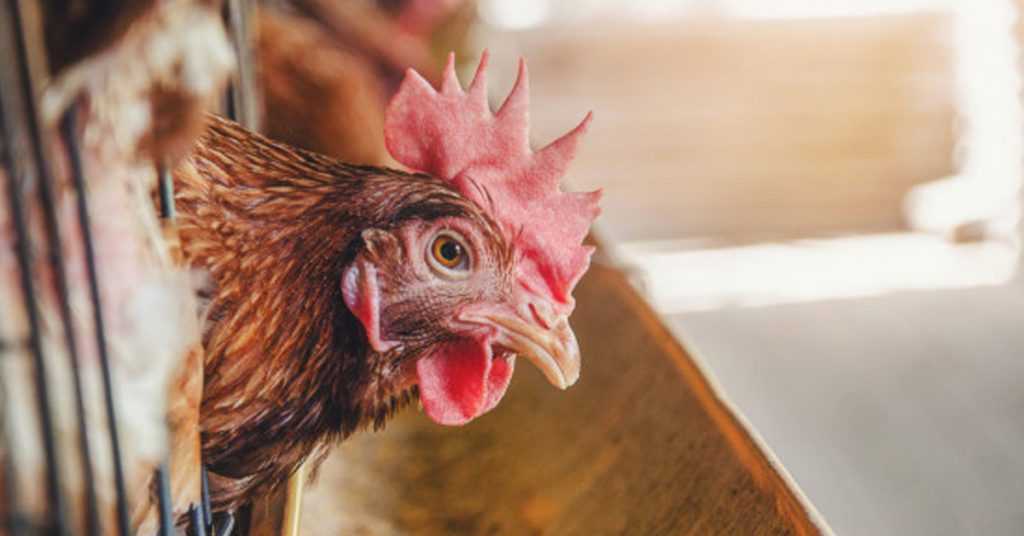We all have heard of and many of us have experienced what Typhoid is. It is an infection in humans caused by a bacterium called Salmonella Typhi/Paratypi.
Typhoid is a food borne infection and transmitted through contaminated food and poor hygiene practices which causes cross infections.
However, from the same family of Salmonella ( salmonella enterica) are other types of bacteria which cause food borne infections ,transmitted from animals (zoonotic) called ‘Salmonellosis’.
It is caused by contamination of practically every kind of food we eat, mostly meats, poultry produce, raw vegetables and fruits and unpasteurized milk.
There are different serotypes of non-typhoid Salmonella but only a few cause diseases in humans. The main reservoir of these organisms are the intestines of food producing animals which leads to contamination of a wide variety of food stuff. The most common subtypes being Salmonella Enteritides and Typhimurium.
The former is mostly transmitted from chicken meat and eggs( even typhoid causing subtype can be transmitted). Since poultry, chicken and eggs are so widely consumed and heavily contaminated with these bugs, I shall focus on how this infection comes to be and what can be done to prevent it.


What is Salmonellosis?
This is your every day so called ‘Food poisoning’ where someone eats some food, in this case, chicken based meals which either have been improperly cooked or reheated. It can cause severe food borne outbreaks of acute diarrheal illness.
It is estimated that there are approximately 94 million cases and 155 000 deaths worldwide yearly1. And this foodborne salmonellosis has a significant global impact on Health and Economies The symptoms and signs include and are not limited to the following:
- Fever
- Loose Watery stools
- Abdominal Cramping
- Recurrent vomiting
- Blood in stools
- Severe weakness
- In some cases, the bacteria can travel through the blood stream to different organs like the brain, bones and liver to cause organ symptoms.
- In severe cases, can cause septic shock.


As already mentioned that Non-Typhi Salmonella infections occur throughout the animal kingdom and the intestines serve as breeding grounds for these bugs.
The animals which harbor these bacteria may or may not display symptoms/signs. And as such serve to transmit the bug to the animals in proximity and also to their handlers.
In case of the Chicken, to other chicken in the production process, and to humans through direct contact and via contaminated eggs. When the poultry eventually lands in the hands of the consumer, the chain of transmission continues.
However, we can halt or reduce this transmission via measures at different levels of the chain. Let’s start off at the beginning.
Poultry Rearing and Processing
Chicken meat/Poultry is a big source of Salmonella/foodborne infections worldwide. In the Industrialized Countries, preventive measures for Salmonella infection in poultry processing are in place regardless of which the produce still gets contaminated and serves as an infection source in humans.
The broiler chicken industry has massive and rapid production of chicken and its meat products and by the time the meat reaches the freezers and refrigerators of supermarkets It already is infected.
Despite all the claims of the companies to have done everything aseptically. This is a reality which has been accepted by the Chicken producing industry. Since preventing every infection/contamination is not possible.
However, what can be done especially in developing countries is to break the transmission chain by implementing certain measures. The following points are the measures which should be brought into practice:
- Appropriate testing of Broiler chicken for salmonella infection and treating adequately on rearing farms.
- Vaccination of chicken against Salmonella.
- People who handle chicken in farms and butcheries should observe barrier precautions i.e., gloves and aprons. And if handling is done with bare hands for instance then proper hand washing and disinfection should be mandatory.
- The feed fed to the Broiler chickens should be free from contamination as this is a big source of transmission of the bug to the chicken ( seems unlikely that this can actually completely materialize in third world countries where there are incomplete regulations)
- Eggs are a potential source of infection and as such batches suspected of being contaminated should be separated from the rest in the hatcheries.
We should be aware that the poultry which comes to the market ( fresh or frozen ) is already contaminated ( sometimes heavily ) with salmonella regardless of whether the market is in an underdeveloped or industrialized country. Especially when the whole process is managed manually.
At the Consumer’s End
The following precautions should be taken to reduce the chances of cross infection:
- Care is to be taken to limit the handling of raw chicken and its draining juice. Wash hands with soap (before & after handling ) for at least 20 seconds with Luke warm water.
- Keep separate cutting boards for Poultry and other meats.
- DO NOT wash chicken meat or rinse with flowing water. Since this water which drains away the juice becomes a source of cross infection especially contaminating the washbasin and counters.
- Reserve knives and other utensils for chicken and meat.
- Thoroughly disinfect surfaces exposed to chicken/meat and its juices with an alcohol or phenol based surface disinfectant.
- When freezing meat, make sure that it is properly wrapped and not in contact with other food items in the freezer.
- Store eggs in a separate compartment ( usually refrigerators have it ) and wash hands thoroughly after handling them.
- Chicken meat should be thoroughly cooked to kill off any microorganisms especially salmonella.
- When cooked meat is kept at room temperature for longer periods any salmonella or any other bacteria for that matter would start multiplying. This would serve as a source of ‘Food Borne’ infection and cause the notorious ‘Food Poisoning’.
- If such food is stored in the fridge the bacteria aren’t killed rather they are put into stasis and when again exposed to room temperature, start multiplying vociferously.
- Ideally it not advised to eat food from the fridge which has been there for days. However, if there is no other option then it is advised to reheat it thoroughly before eating.


Salmonella Typhi has over the decades and perhaps centuries caused huge loss of life and economic damage. And recently many third world countries are fighting off the multi drug resistant strains of this typhoid causing bacterium.
Similarly, the non-typhi Salmonella also develops resistance to commonly used antibiotics and as such can turn out to be disaster for overall Health Care and the Food industry as well.
Although the Non-Typhi Salmonella infection is ubiquitous in the poultry industry especially the stakeholders should ensure that proper measures are taken to avoid the spread of this bacterium through their produce.
And the lack thereof can cause serious endemicity of this BUG in the society and eventually drug resistance which could wreak havoc on the Health Care services.
Governments should show serious concern and action regarding the implementation of proper standard operating procedures.
The all so familiar ‘Food Poisoning’ can become life-threatening in some instances and when it causes large outbreaks due to common food source contamination can become unmanageable for Health Care Facilities.
Even the spread of typhoid can be mitigated by the said measures since the means of spread are the same.
What is in our hands is following some basic steps as highlighted above to prevent the chain of transmission and avoid these BUGS.5
Android Users:
https://play.google.com/store/apps/details?id=controllers.marham.marhammed&hl=en
Drop a review for us at Playstore if you’ve had a good experience!
IPhone Users:
https://apps.apple.com/pk/app/marham-find-a-doctor/id1095243102
Stay Home Stay Safe!
References:
- P. Antunes, J. Mourão, J. Campos, L. Peixe. Salmonellosis: the role of poultry meat, Clinical Microbiology and Infection, Volume 22, Issue 2, 2016,Pages 110-121

